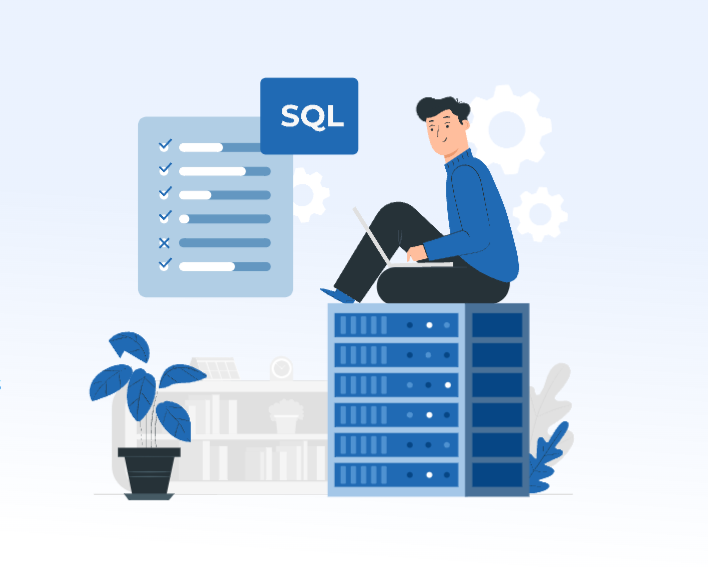In today's fast-paced digital landscape, PostgreSQL stands tall as one of the most powerful and versatile open-source relational database management systems available. With its robust features, scalability, and active community support, PostgreSQL has become the go-to choice for developers worldwide. Whether you're a seasoned professional or just starting your journey in database development, optimizing your PostgreSQL experience is essential for maximizing efficiency and performance. In this comprehensive guide, we'll delve into various strategies and best practices to elevate your PostgreSQL development skills to new heights.
Understanding PostgreSQL Architecture
At the core of PostgreSQL's unparalleled performance lies its sophisticated architecture. Unlike traditional relational databases, PostgreSQL utilizes a multi-version concurrency control (MVCC) system, enabling simultaneous read and write operations without sacrificing data integrity. Understanding the intricacies of PostgreSQL's architecture is paramount for harnessing its full potential.
Key Components of PostgreSQL
-
Storage Manager: PostgreSQL employs a robust storage manager responsible for efficiently storing and retrieving data on disk. By implementing advanced techniques such as heap storage and indexing, PostgreSQL ensures swift data access and manipulation.
-
Query Processor: The query processor plays a vital role in PostgreSQL's operation by parsing, optimizing, and executing SQL queries. Leveraging techniques like query optimization and query planning, PostgreSQL delivers lightning-fast query performance even on large datasets.
-
Transaction Manager: PostgreSQL's transaction manager ensures data consistency and reliability by enforcing the principles of ACID (Atomicity, Consistency, Isolation, Durability). This ensures that transactions are processed reliably, even in the event of system failures or crashes.
Enhancing Performance with Indexing
Indexing plays a pivotal role in optimizing database performance by facilitating rapid data retrieval and query execution. PostgreSQL offers various indexing techniques, each tailored to specific use cases and data patterns.
Types of Indexes in PostgreSQL
-
B-Tree Indexes: B-Tree indexes are the most commonly used indexing technique in PostgreSQL, ideal for efficiently querying equality and range predicates.
-
GIN and GiST Indexes: Generalized Inverted Index (GIN) and Generalized Search Tree (GiST) indexes are well-suited for handling complex data types such as arrays and geometric data, providing enhanced search capabilities.
-
Partial Indexes: Partial indexes allow developers to index a subset of data based on specified conditions, thereby reducing index size and improving query performance.
Harnessing Advanced Features and Extensions
PostgreSQL's extensibility is one of its defining features, empowering developers to tailor the database to their unique requirements through a vast array of extensions and contrib modules. By leveraging these advanced features, developers can unlock additional functionalities and streamline development workflows.
Popular Extensions for PostgreSQL
-
PostGIS: Geospatial data management extension for PostgreSQL, enabling advanced geographic information system (GIS) capabilities.
-
pgcrypto: Cryptographic functions extension for PostgreSQL, providing robust encryption and hashing functionalities for data security.
-
pgTAP: Testing framework extension for PostgreSQL, facilitating the creation and execution of comprehensive unit tests for database schemas and functions.
Ensuring Data Security and Compliance
In an era marked by stringent data privacy regulations and evolving security threats, safeguarding sensitive data is paramount for every organization. PostgreSQL offers a myriad of features and best practices to fortify data security and ensure regulatory compliance.
Key Security Measures in PostgreSQL
-
Role-Based Access Control (RBAC): PostgreSQL's flexible RBAC system enables granular control over user permissions, ensuring that only authorized users can access and manipulate sensitive data.
-
SSL Encryption: By enabling SSL encryption, developers can encrypt data in transit, thwarting potential eavesdropping and man-in-the-middle attacks.
-
Audit Logging: PostgreSQL's audit logging capabilities allow organizations to track and monitor database activities, aiding in compliance with regulatory requirements such as GDPR and HIPAA.
Embracing Continuous Learning and Community Engagement
The PostgreSQL community is renowned for its vibrancy, collaboration, and unwavering commitment to innovation. Engaging with the community through forums, mailing lists, and conferences not only fosters knowledge sharing but also provides invaluable insights and best practices from seasoned experts.
Conclusion
PostgreSQL's unparalleled flexibility, performance, and extensibility make it the ultimate choice for modern postgresql developers endeavors. By mastering the intricacies of PostgreSQL architecture, harnessing advanced features, and prioritizing data security, developers can unlock limitless possibilities and propel their projects to new heights.
